Why Don’t Banana Candies Taste Like Real Bananas?
Actually, they do. The story of artificial banana flavoring is, well, bananas.
For decades, America has gone bananas for bananas. The first fruit to be commercially available year-round, we casually peel them, slice them over our cereal, and blend them into daiquiris. By the 1920s, bananas accounted for 3.3 percent of total U.S. imports, and, by 1929, 50 percent of U.S. imports from Central America.
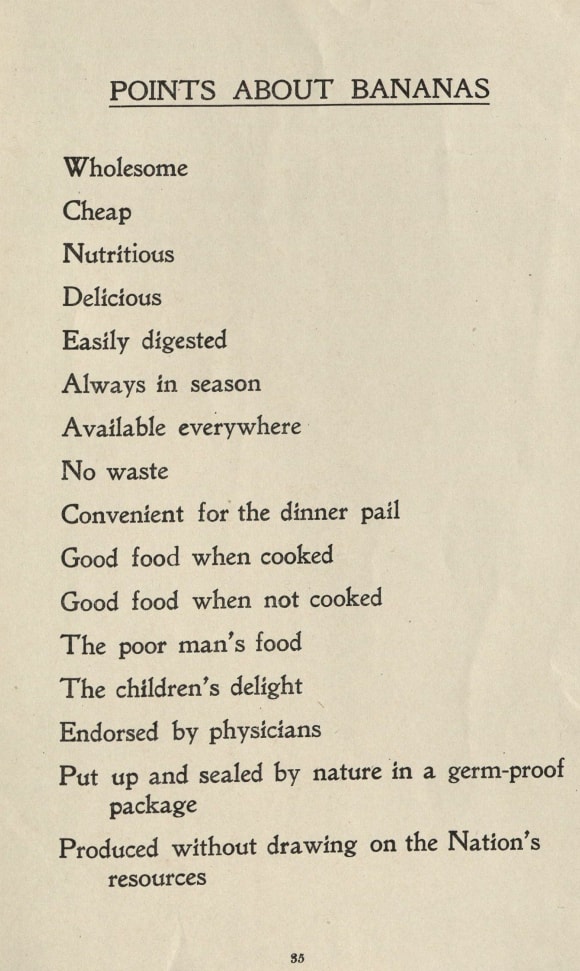
And even before bananas were available for every breakfast table, Americans were sinking their teeth into something else: artificial banana flavoring. But why is it that those banana-shaped Runts candies taste nothing like their real fruit counterpart?
Nadia Berenstein is a flavor historian. “If you’re craving an actual banana, you’re not going to be satisfied by banana flavor Runts or banana flavored Laffy Taffy,” she says. “They become separate sensory experiences, which for some people they might be equally craveable but one is not a replacement for another.”
[A brief history of artificial flavor in the U.S.]
Laffy Taffy may not be a replacement for a real banana, but the histories of the two are more entwined than we may think, and Berenstein proposes that the scientific line between “real” and “fake” banana flavor is blurrier than it seems. And as it happens, “artificial” banana flavoring came to prominence in the U.S. market before actual bananas—about 10 years prior, in fact. Peculiarities in history, the vagaries of national taste, and the botany of bananas help explain why.
Banana imagery has been a fixture in the United States long before the fruit itself, thanks to circulation of “exotic” images of the tropics and Central America. “The imagery of bananas had cultural currency or cultural meaning before most people would’ve been able to taste bananas,” explains Berenstein. But historians widely agree that the event that launched the actual fruit into American public consciousness was the 1876 Philadelphia Centennial. The Centennial featured a banana exhibit with leafy trees, and Centennial-goers could buy the fruit for a dime.
But here’s the catch: Artificial banana flavoring in the U.S. predates the Philadelphia Centennial by at least a decade. Americans had already experienced the sticky-sweet taste in the form of hard candies, confections, and puddings. The first formulas for banana flavoring that Berenstein discovered date to the 1860s, and she unearthed notices advertising “fruit essences” including banana from the early 1850s.
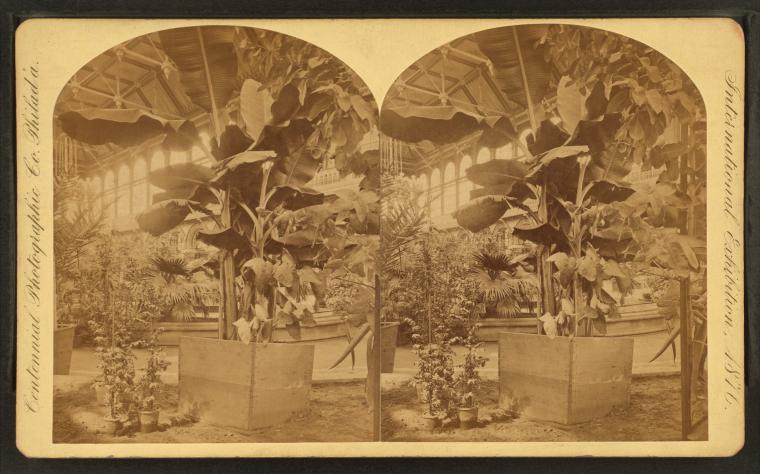
But how can that be? And where, exactly, do these essences come from? It all boils down to isoamyl acetate, which is one of the main banana esters—or chemical compounds—that characterize banana flavor.*
“Generally, in the early days of synthetic flavors, they weren’t doing the analysis of fruits,” explained Berenstein in a recent interview with Science Friday. “There’s many reasons for that, but the main one is that it’s incredibly difficult … The chemicals in fruits that contribute to the thing that we perceive as flavor are present in incredibly small quantities—parts per million, sometimes parts per billion.”
So, explains Berenstein, the chemists working on making synthetic flavors took available organic, carbon-containing chemicals and “seized upon sensory resemblances between synthetic esters, for instance, and fruit flavors.” In effect, instead of searching for the many subtle compounds that make up banana (or any fruit flavor), chemists were satisfied when one compound produced a “fruity” taste.
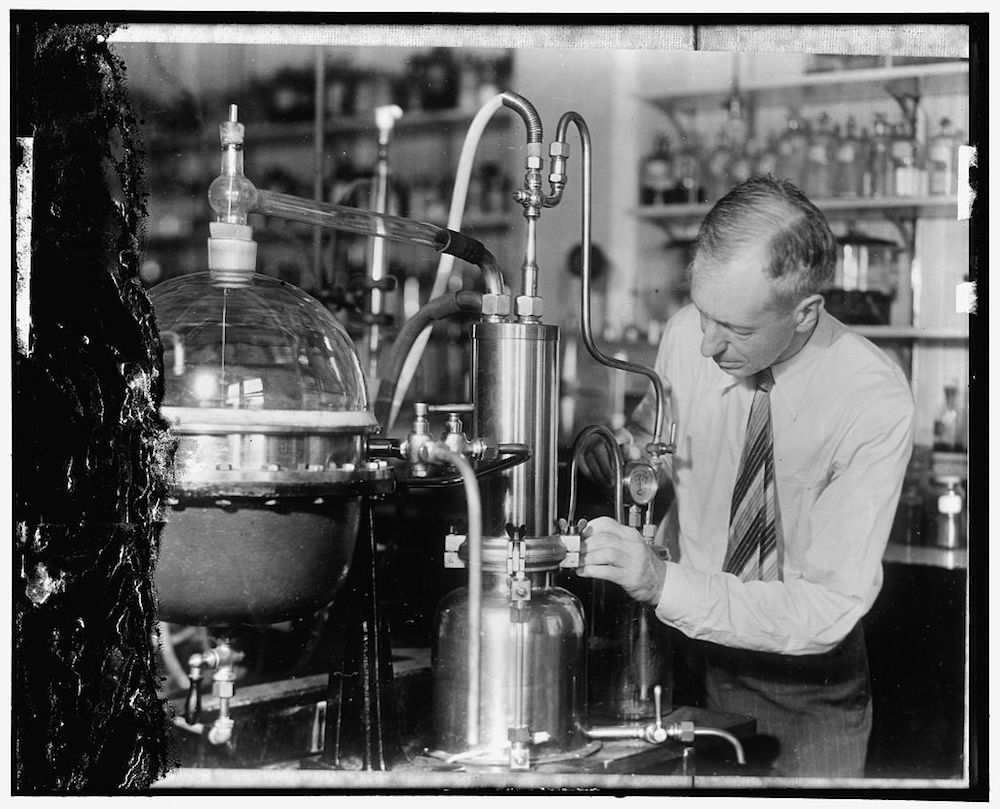
Of course, this generally “fruity” flavor could be applied to multiple fruits. And, depending on your context, those sensory resemblances may vary from person to person or from country to country. For example, stick a vial of isoamyl acetate under the nose of a Brit, and they’ll likely tell you that it smells like a pear. A Jargonelle pear, to be specific.
“In fact, in order to really understand where artificial banana flavor comes from, you have to start with artificial pear,” writes Berenstein in her blog, Flavor Added. That’s because the British associated isoamyl acetate’s “fruity” flavor with the Jargonelle pear, which was common in the region. But those pears weren’t as common in the U.S., and it wasn’t the primary flavor connection that Americans made. Instead, chemical suppliers began to market the compounds as “banana flavor,” forever linking the flavor and the fruit for Americans.
[How does color alter your perception of your food?]
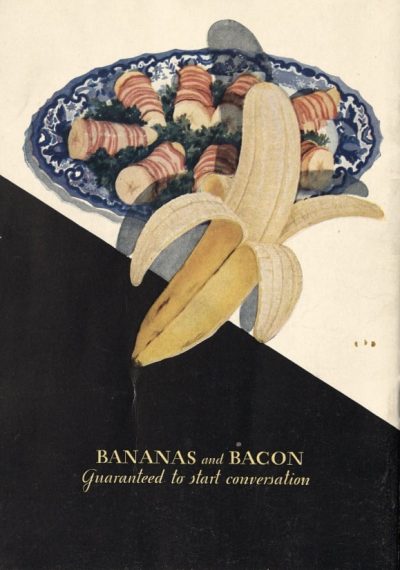
As Berenstein explains, the people who were making flavors and trying to entice consumers were “finding the things in their environment that might provoke that kind of desire.” In Britain, she says, “there was already this tradition of making candies that referred to the pear in some way … so that’s how it kind of made sense to place it. And then the United States, where they didn’t have this kind of fruit widely available or that kind of candy making tradition associated with it, the people who were making flavors kind of looked elsewhere to things that might provoke desire.”
But if isoamyl acetate was the chemical compound tagged to bananas in the United States, why doesn’t banana Laffy Taffy taste anything like the actual fruit?
As a matter of fact, it does. But to understand why, we need to peel back the history of actual bananas in the United States.
[Can sound affect the way we taste?]
Before the mid-19th century, few Americans had bitten into an actual banana. Berenstein takes care to note here that it wasn’t that no one had ever tasted a banana—the fruit just wasn’t common in the United States at the time. “There wasn’t an organized export market, so it was probably more like a luxury product,” she says.
The story goes that a coffee planter in Jamaica introduced to the Americas a rhizome (essentially an underground stem) of a certain banana cultivar that he’d acquired in the Caribbean island of Martinique—the Gros Michel. There were a number of red and yellow banana varieties in the United States at the time, but Big Mike, as the Gros Michel was affectionately termed, eventually bested them all and became top banana.
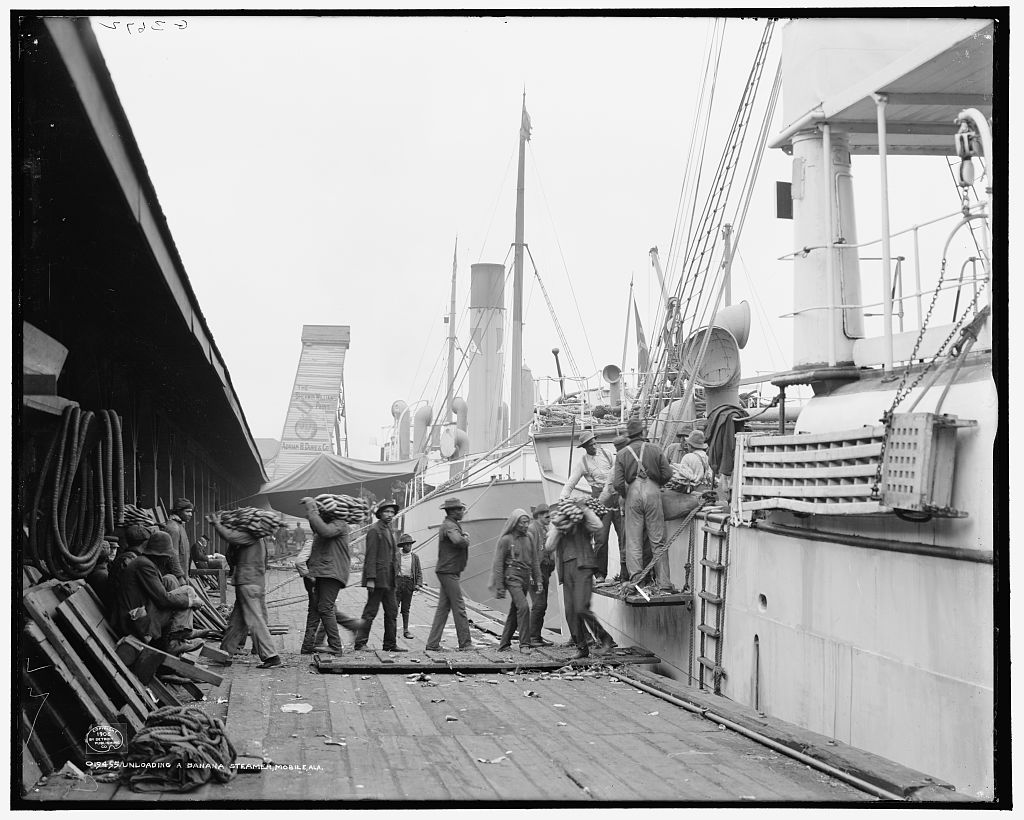
Bear in mind, however, that Big Mike’s dominance of the American banana market had little to do with taste, and a lot to do with shipping. The cultivar has a thick, hardy skin that is resistant to bruising. Bunches of Gros Michel typically grow more hands (the word for an individual banana in a bunch) that grow tightly together, making them easy to, say, toss into a ship. In addition, a long ripening period allowed the Gros Michel to transform into its characteristic shiny, bright yellow as it made its way across the ocean. The Gros Michel came to dominate the banana industry, and that’s the variety of banana that Americans happily munched for the first half of the twentieth century.
But Big Mike’s reign couldn’t last forever. Banana cultivation is a monoculture, meaning that a single crop is grown en masse, leaving it without biological safeguards to fend off diseases. In the 1950s, various fungal plagues (most notably Panama disease) devastated banana crops. By the 1960s, the Gros Michel was effectively extinct, in terms of large scale growing and selling. Enter: the Cavendish, a banana cultivar resistant to the fungal plague. It’s the banana that we eat today.
So, where do the history and science of “real” and “fake” banana overlap and merge?
Remember how isoamyl acetate is the chemical compound primarily responsible for banana flavoring? Gros Michel contains more of that compound than the Cavendish. In fact, isoamyl acetate was one of the first chemical compounds used in artificial flavors that was confirmed to exist in the actual fruit as well.
So, when you’re biting into a piece of banana Laffy Taffy, you’re getting a taste of the bananas of the past. “That’s kind of why I think of these older, ‘cheap’ artificial flavors as ‘heirloom’ artificial flavors,” says Berenstein. “Because they’re the simpler formulas that have been less modified by time.”
“I think of these older, ‘cheap’ artificial flavors as ‘heirloom’ artificial flavors. They’re the simpler formulas that have been less modified by time.”
Can flavorists today conjure up sophisticated banana flavoring additives to make a more nuanced banana flavor in processed foods? Sure. But “[the] fake fruit flavors that we encounter in some of the most common frozen treats, and sugary candies, and cheap sodas, kind of take us back to the early days of synthetic flavor,” says Berenstein. “They give us a kind of glimpse into the flavor worlds of the past.”
But the 1950s wasn’t the first time Americans dealt with a banana extinction scare, and it wouldn’t be the last. You know what they say: History repeats itself. Apparently science does, too.
Ever heard the song “Yes, We Have No Bananas”? You can thank a 1920s extinction scare for that tune. Even then, Berenstein says, there were warning signs. In fact, while researching sensory descriptions of the Gros Michel, she came upon research sponsored by United Fruit Company (the makers of Chiquita bananas) that detailed the banana because they were searching for a cultivar that was similar in quality to the Gros Michel. While the Gros Michel wouldn’t go commercially extinct until the 1960s, “they were scientifically characterizing the sensory qualities of Gros Michel and also of other candidate cultivars that … they were trying to decide to replace Gros Michel with,” Berenstein explains.
[To compose the perfect bite, listen to your food.]
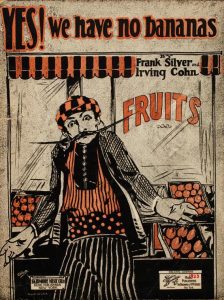
Then, in 2015, the Public Library of Science published a study outlining the potential demise of the Cavendish, thanks to a new strain of the Panama disease that wiped out the Gros Michel. According to the study, the Tropical Race 4 (TR4) strain already devastated the Cavendish crop in Taiwan, and has ripped through a number of provinces in China, as well as Indonesia and Malaysia. “Clearly,” the study reads, “the current expansion of the Panama disease epidemic is particularly destructive due to the massive monoculture of susceptible Cavendish bananas.”
And, while some experts say that the extinction of the Cavendish banana at the hands of TR4 is not a question of “if,” but “when,” Berenstein says that’s not exactly the case. Not all bananas are going “extinct”; one specific cultivar is at risk of no longer remaining commercially viable.
“Extinction is a really powerful word,” she says. “And I don’t think that extinction is necessarily the most accurate description of what is happening with banana cultivation. Gros Michel still exists. It hasn’t vanished from the face of the earth. It’s just that it can’t be cultivated on a massive industrial scale anymore because it’s basically biologically threatened. The same pattern is repeating itself.”
But the remnants of the nearly extinct flavor of the Gros Michel remain preserved in our candies. And while the Cavendish may have a more familiar banana taste to us today, those candies invoke the first bananas that captivated the American public in Philadelphia in 1876. Whether you’re peeling back the wrapper of a banana Laffy Taffy or the thick, leathery skin of a Cavendish, you’re still tasting a “real” banana.
*You may have heard that the characterizing ester for banana flavoring is amyl acetate. The two are closely chemically related, and used nearly interchangeably in commercial practice. The names for chemical compounds evolve, and chemists in the early days of synthetic flavoring referred to the compound as “amyl acetate” instead.
Johanna Mayer is a podcast producer and hosted Science Diction from Science Friday. When she’s not working, she’s probably baking a fruit pie. Cherry’s her specialty, but she whips up a mean rhubarb streusel as well.